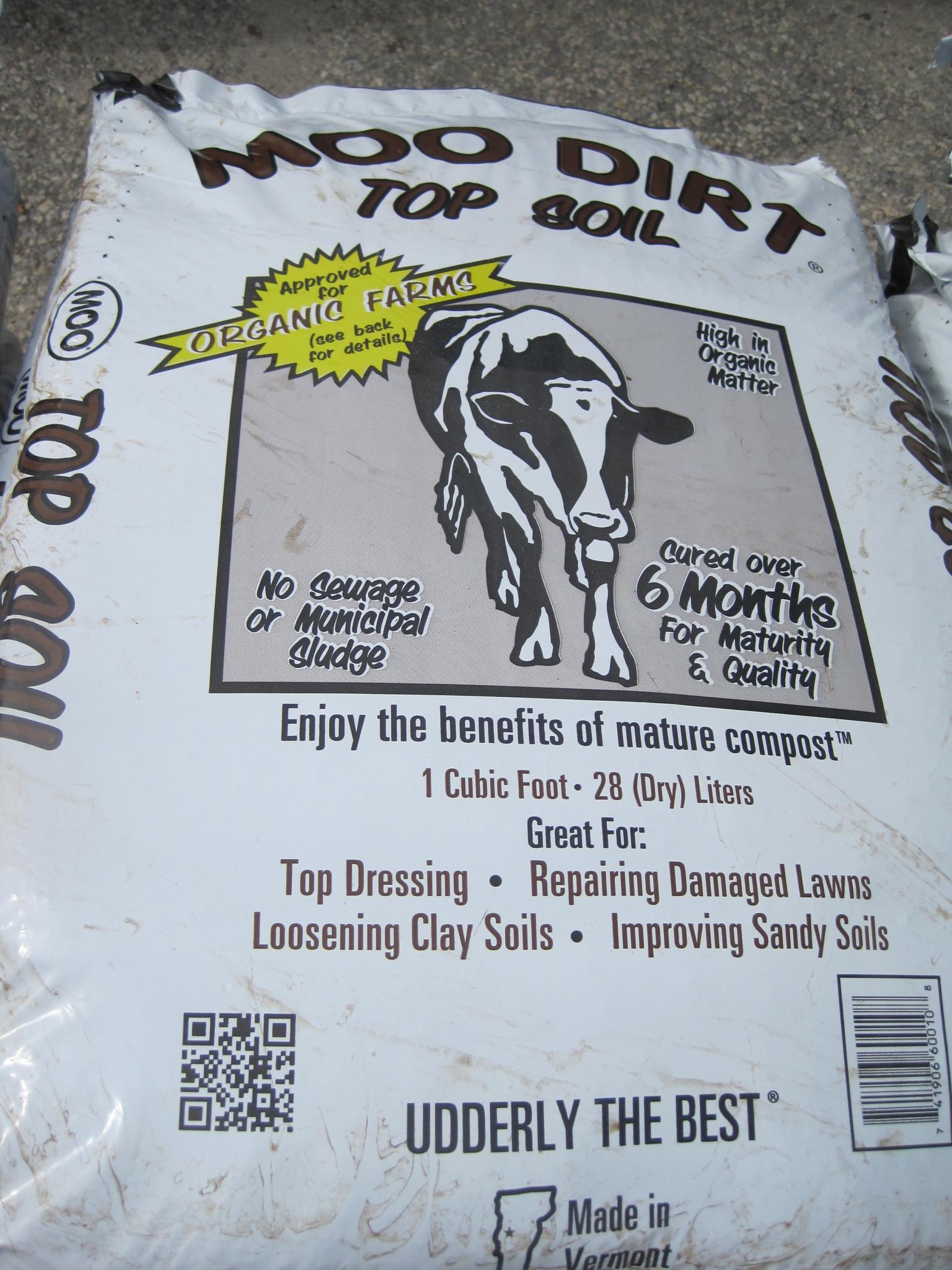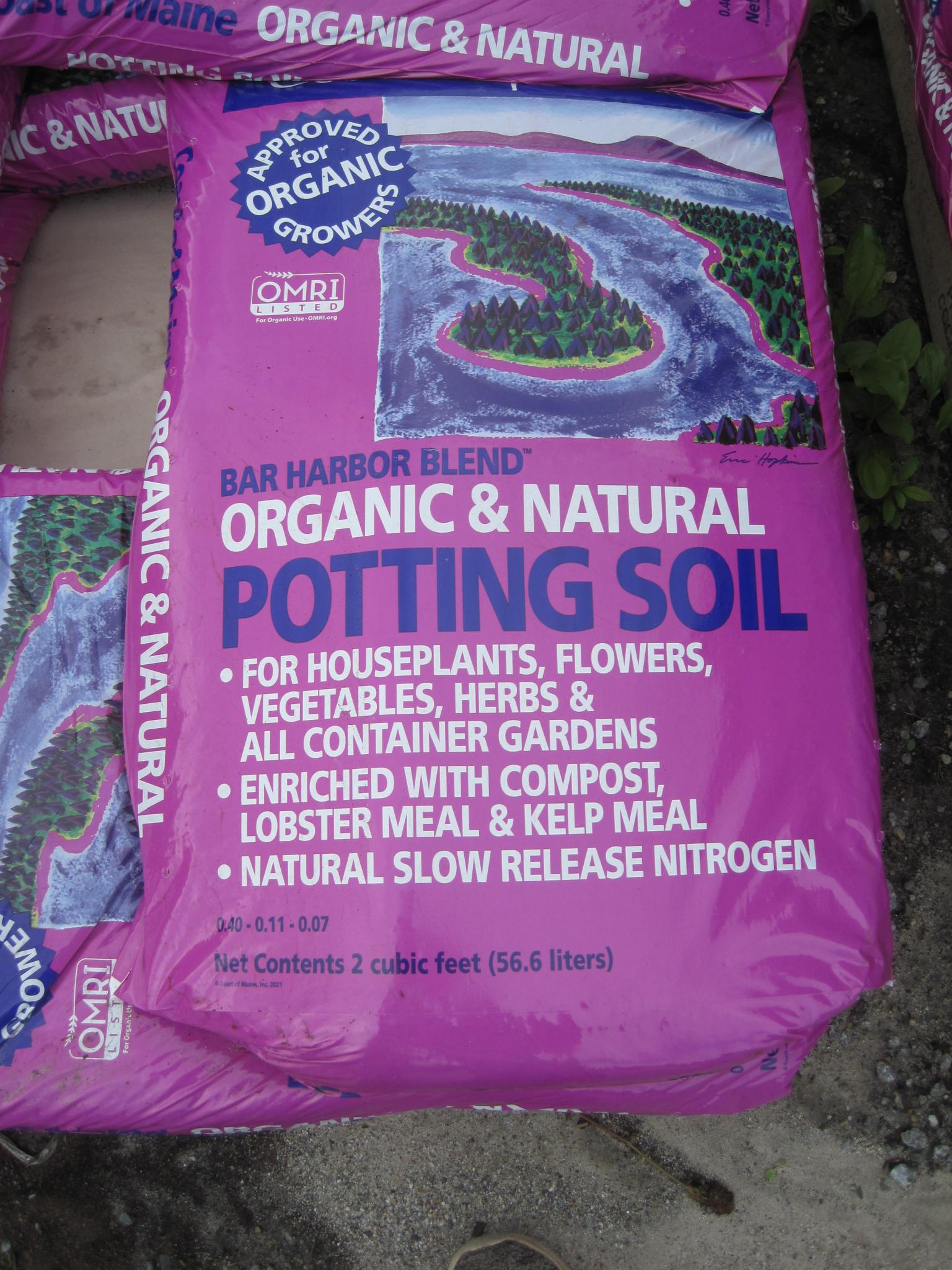
Don’t be daunted by the choices!
Explaning top soil, potting soil, and potting mix
Become a better gardener! Discover our new Almanac Garden Planner features for 2024. It’s easy, fun, and free to try!
ADVERTISEMENT
Best method for tomato plant growing in the desert heat?
In a desert environment I would recommend deep penetration of the soil with ample organic matter (I prefer turkey or chicken manure as it won't burn seedlings and has fewer weed seeds) topped with a lot of mulch to keep the soil moisture from evaporating too quickly. Secondly, I would recommend sinking pots into the ground between the plants and filling with bark or pebbles and watering into the pots with a drip irrigation tip of at least 2-3 gallons an hour. Putting the water into the ground will make the roots chase moisture for a deeper root formation thereby making them more immune to the sun's heat. Also it eliminates water on the leaves which can lead to powdery mildew, mold and fungi problems. I live in Southern California so I know what a desert is capable of.
I have squash in raised beds, Beautiful leaves but are not producing any fruit....the baby squash will not grow & mature; they seem to dry up. We are watering twice a day during the heat because of wilt...what do you suggest? Many thanks.
Sounds like you are using too much nitrogen and not enough phosphorus and potash in the fertilizers you use. Organic bone meal, which is sold at almost every DIY store and garden centre will help. On the package of fertilizer there will be 3 numbers such as 14-5-11. The first number is, of course, nitrogen which affects the density, fullness, growth of new roots and green colour. Remember the mnemonic "Up, Down, All Around". The "UP" is Nitrogen. The middle number is Phosphorus. This chemical promotes flowering, fruit formation, the cells in the leaves, roots and stems, seedling and root development and overall health and vigour. This is the "DOWN" in the equation. Finally, there is Potassium (or soluble Potash). This chemical assists in the formation of the plant's food supply (starches and sugars), promotes disease resistance, aids in the resistance against environmental stresses and overall hardiness. This is the "All Around". When you water excessively you leach these from the soil. Cut back to once every two to three days instead so the root sheaths are not compromised by root rot and nematodes. Hope this helps.
Very interesting about potting soil for container planting being best; ty~

















